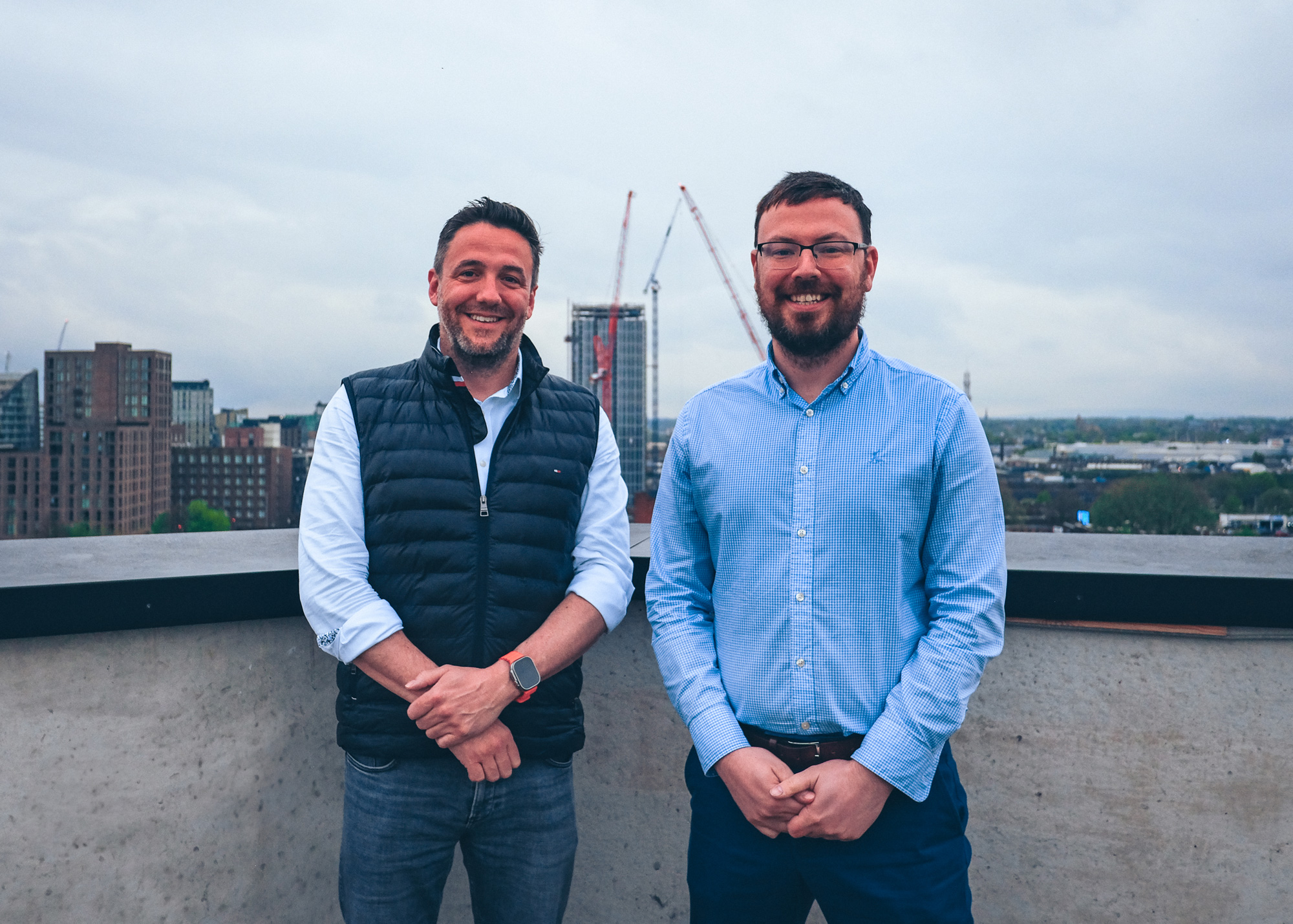Cost Value Reconciliation (CVR) is an essential methodology for the monitoring and measurement of expenditure (cost) against budget (value) on construction projects.
Usually completed on a monthly basis as part of interim valuations of works completed, the CVR process is a fundamental element of project commercial management allowing you to understand the profitability of a project at a given point in time.
CVR production varies from company to company but it is usually the responsibility of the project QS to collate the essential information each period.
1. Produce a CVR as often as practicable
Calculating the profit / loss on your project in a timely manner allows you to proactively respond to changes in costs and value during the project and not after the project is complete and opportunities to address issues have since passed.
Most Contractors produce CVRs each period or month.
2. Consistency is key
The RICS advises that good practice requires a contracting organisation to have a consistent layout for the output documents from the CVR process, as well as defined rules for how the key indicators are calculated. To ensure consistency, the core cost and value figures will be automatically produced from a centrally managed business system or database.
3. Value first
Best practice suggests that the starting point of any CVR must always be the gross certified value. This is a recognised published figure from which any QS adjustments or deductions for over measurements can be made. These include but are not limited to;
- Over measurements not yet address by the clients QS
- Unagreed variations
- Unagreed claims for loss and expenses
- Potential liquidated damages
4. Be clear on assumptions
Despite your best efforts, its hard to be 100% sure on every item of cost or value. Every good CVR should have a clear set of assumptions to accompany any accruals, calculations or project risks.
5. Define your costs
Most projects focus on five high level cost categories; labour, plant, materials, subcontract and other. If you have to accrue or adjust your costs then these should be clearly stated and ideally actualised in the following period.
Costs must always match the revenue that is being claimed.
6. Review cost allocation
Cost are often provided by organisation finance functions from an Accounting ERP system. Split in to cost heads and often further broken down into codes.
Its imperative that during the production of any CVR that this cost allocation is thoroughly checked, this allows any incorrect allocations to be addressed and more importantly, accruals made for any costs not yet accounted for.
Most CVRs include the following components for cost adjustments:
- Cost Accruals are costs that have been incurred in the period but have not yet been added to the accounting system, usually due to late invoicing or other timing related issues.
- ‘Overstated Costs’ comprises costs incorrectly costed including inter contract charges, etc.
- ‘Internal Adjustments’ are internal transfers for costs incorrectly allocated to cost codes. The total of this column must always equal zero.
7. Address timing
When reviewing both cost and value, be conscious of the reporting dates against key contractual or assessment dates.
A typical item to consider would be adjustments for elements included within costing but not in the external valuation, for example, materials brought to site on the same day as the valuation but after materials on site were recorded.
8. Provide a clear narrative
Yes the figures are the most important element of any CVR, however, a narrative on key issues, adjustments and potential risks allows the audience to better understand the project and help provide context to the profitability of the project.
9. Remember the benefits
CVR's should not just be produced because it seems like a good idea, organisations should never lose sight of the clear benefits that this methodology brings to their business:
- Minimise overspending
- Control ongoing costs
- Increased accuracy of future project pricing
- Better cash management
- Greater peace of mind of project profitability
Traditional spreadsheet methods can be time consuming and labour intensive, click below to find out how Raildiary help automate this process for rail industry contractors:





